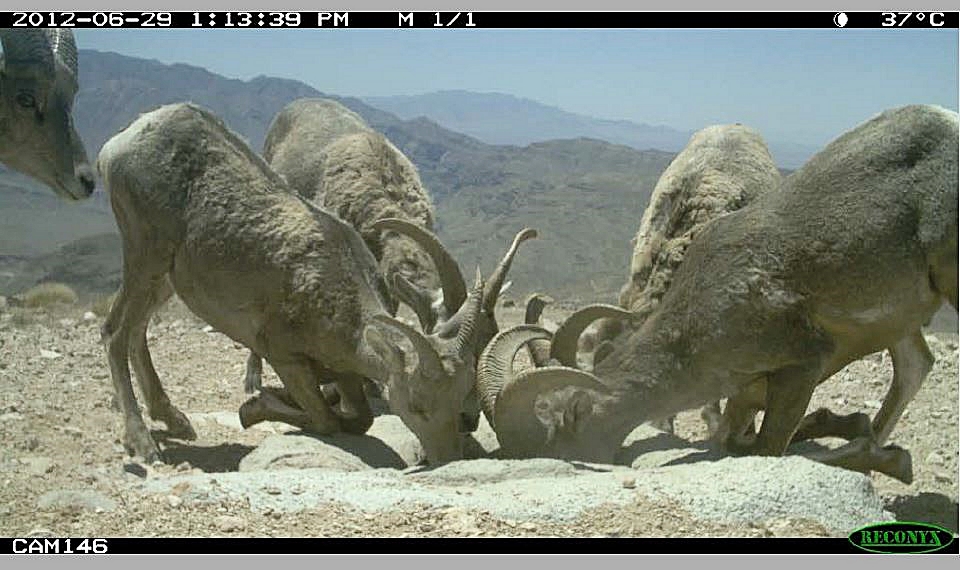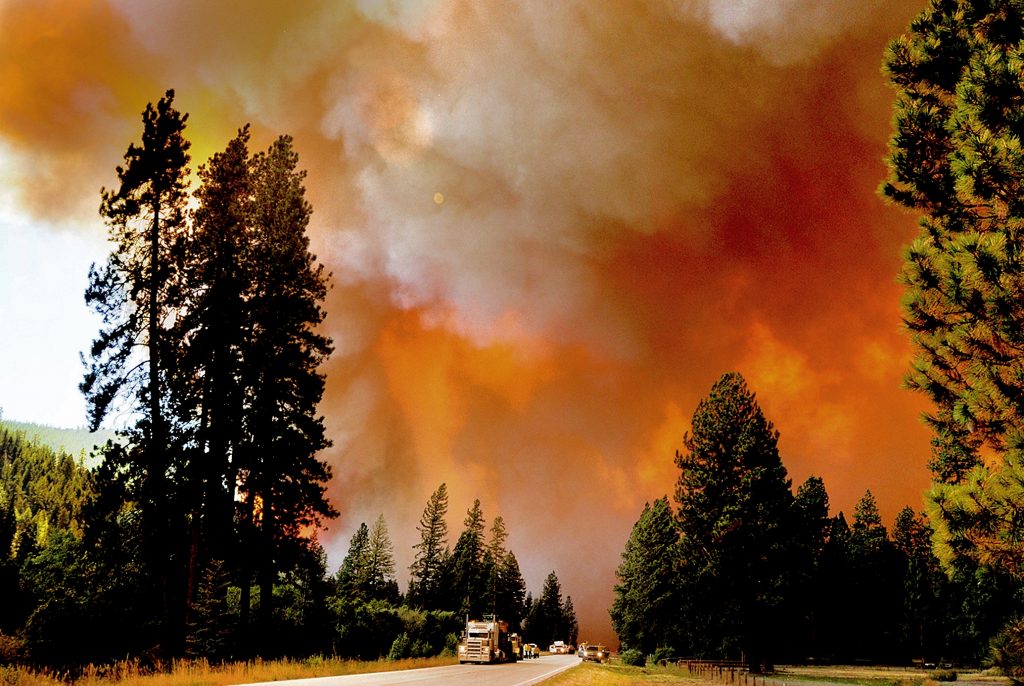With the presence and seasonal availability of water sources being central to the study, the researchers found that water consumption in wildlife naturally increased during the hottest months. But water consumption by horses; individually and overall, is much higher than that of wildlife through all seasons of the year, and during the hottest months, is astronomically higher.
Influence of Feral Horses on Native Wildlife in the Great Basin
Slides and data produced by Lucas K. Hall, Brock R. McMillan, Randy T. Larsen, and Robert N. Knight
Claremont McKenna College, and Brigham Young University, and presented by Mr. Hall at the BLM Wild Horse and Burro Advisory Meeting, Grand Junction, Colorado, October 18.
Comments added by FRR Editor
In the West everything is determined by water, or the lack thereof. Wild horses are the largest animals on the Western range, which is primarily arid sagebrush country, where water is scant, and subject to seasonal changes. Thirsty, robust, and domineering, wild horses in some horse management areas (HMA’s) appear to be driving native wildlife away from natural and improved water sources. A 5-years study conducted by Claremont McKenna College and Brigham Young University, which focused on the presence of wild horses vs wildlife; large ungulates, such as mule deer, desert big horns, prong horn antelope, various birds, small mammals, at 44 water sources in the Great Basin region of Utah, has revealed an unseen war over water, and its troubling implications.
The study, which began in 2010, studied watering areas where wild horses were present, or Horse Included (HI), and areas where there were no horses, or Horse Excluded (HE). The HE areas used fencing to keep horses out of the water sources, so that comparisons could be made between the number of wildlife visitations at the HE and HI areas could be made. During the first year of the study, motion sensor cameras took 101,496 photos of wildlife. The results were 48,268 photos of native wildlife at 25 water sources, and 53,228 photos of feral horses at 12 water sources. And there were stark differences in the richness and diversity of wildlife between the Horse Excluded and Horse Included areas. The conclusions drawn from the data do not bode well for those HMA’s where wild horse overpopulation is already negatively impacting the range and its native species.
The following slides are taken from the presentation given by Lukas Hall to the Bureau of Land Management Wild Horse Advisory meeting in Grand Junction, Colorado, October 18.
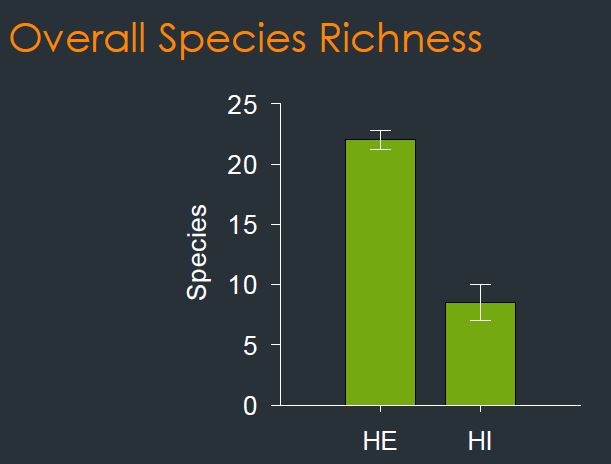

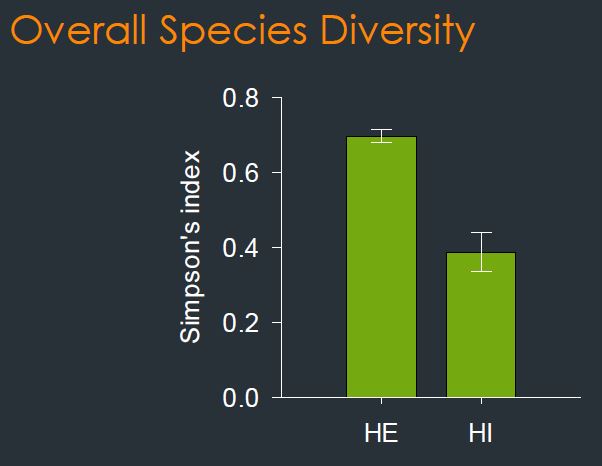

The researchers took special care to ensure that wildlife communities were similar in all the study areas, with richness and diversity of species consistent overall. But with the number of wildlife visits to the water sources starkly lower where horses are present, it’s impossible not to conclude that the horse herds in dry areas are causing severe shifts in wildlife populations.

With the presence and seasonal availability of water sources being central to the study, the researchers found that water consumption in wildlife naturally increased during the hottest months. But water consumption by horses; individually and overall, is much higher than that of wildlife through all seasons of the year, and during the hottest months, is astronomically higher.
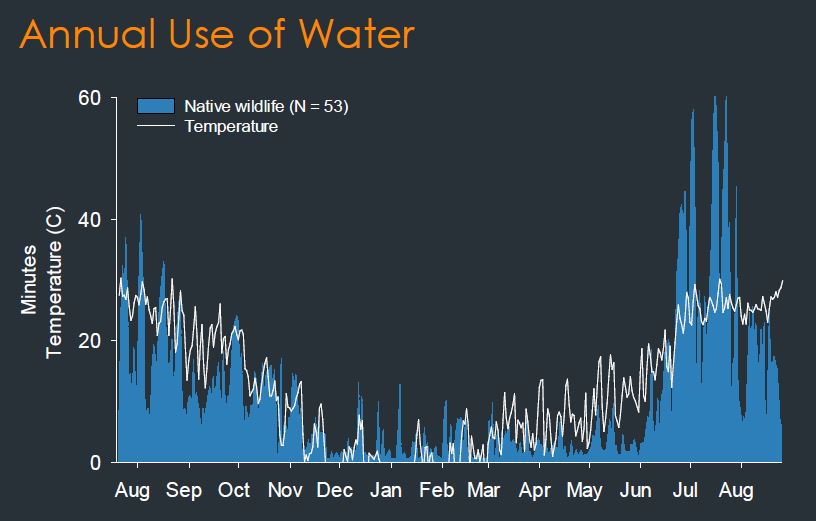
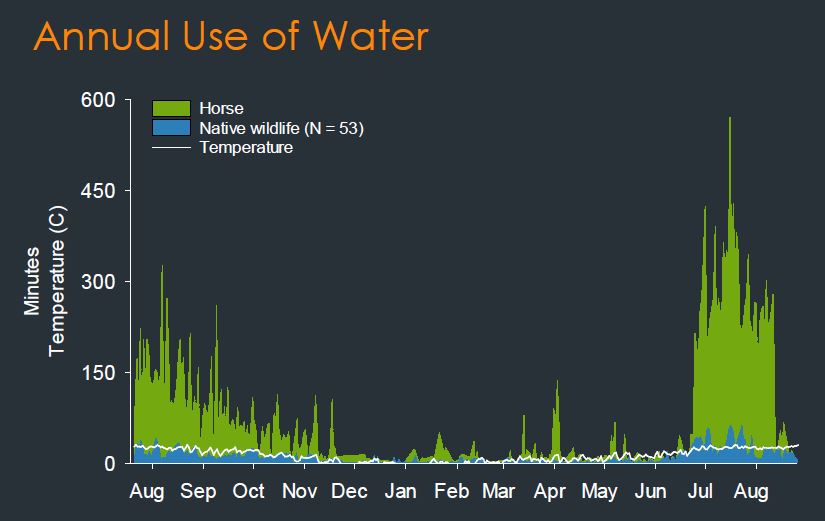
The researchers found that while other ungulates, such as pronghorns and mule deer, have preferred times of the day for drinking water, the horses are thirsty throughout most of the day.
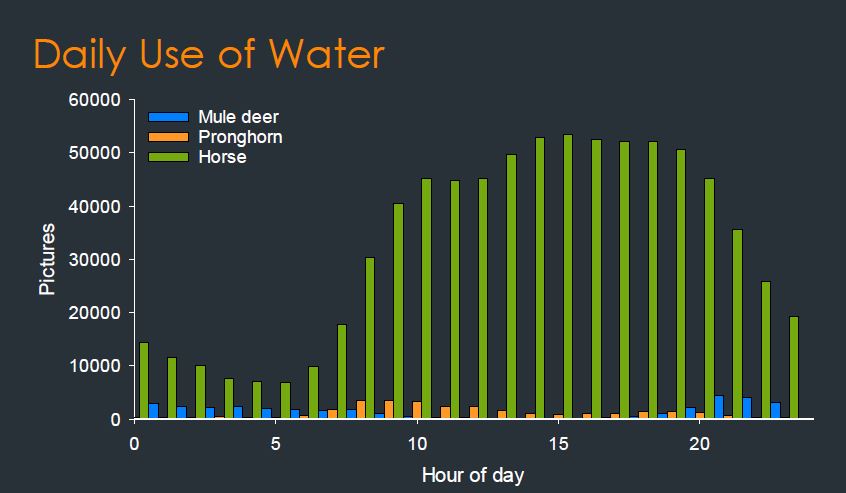
With their findings, the researchers concluded that, even without observed horse aggression against other wildlife species, the presence of horses greatly diminishes the number of animals belonging to other species, the diversity of species, and the time spent by wildlife species at watering sources where wild horses are present. In plain terms, this exhaustive study shows that wild horses displace native wildlife from water sources, which has a lasting and negative impact on native species and range habitats.
There are numerous climate studies that show the southwest is entering a period of drier, hotter weather, and that even the most hardy desert species will be vying for already dear water sources. Urban areas in the southwest, such as Phoenix and Las Vegas, are also seeing explosions in human population, and as a result, aquifers, rivers, reservoirs and wells are being depleted. The range can support only so many animals, and wildlife species experience natural fluctuations in population, which are adapted to the amount of water and forage available. But the wild horses, with their aggressive dominance, large size, and exploding numbers, are overrunning these scarce and tenuous resources.
As Lukas Hall, the presenter of this study indicated at the Wild Horse and Burro Advisory Meeting; There is a ‘water fountain’ effect. The horses, in successive bands, will be first in line at the water sources, and may consume the hours of the day drinking while the smaller species, which are fewer in number and more timid, may never get through the line at all to drink from the water fountain. Native species are left to seek other water sources, which is a dicey proposition where the horses dominate the range.
[paypal_donation_button]
Free Range Report
[wp_ad_camp_3]
[wp_ad_camp_2]
